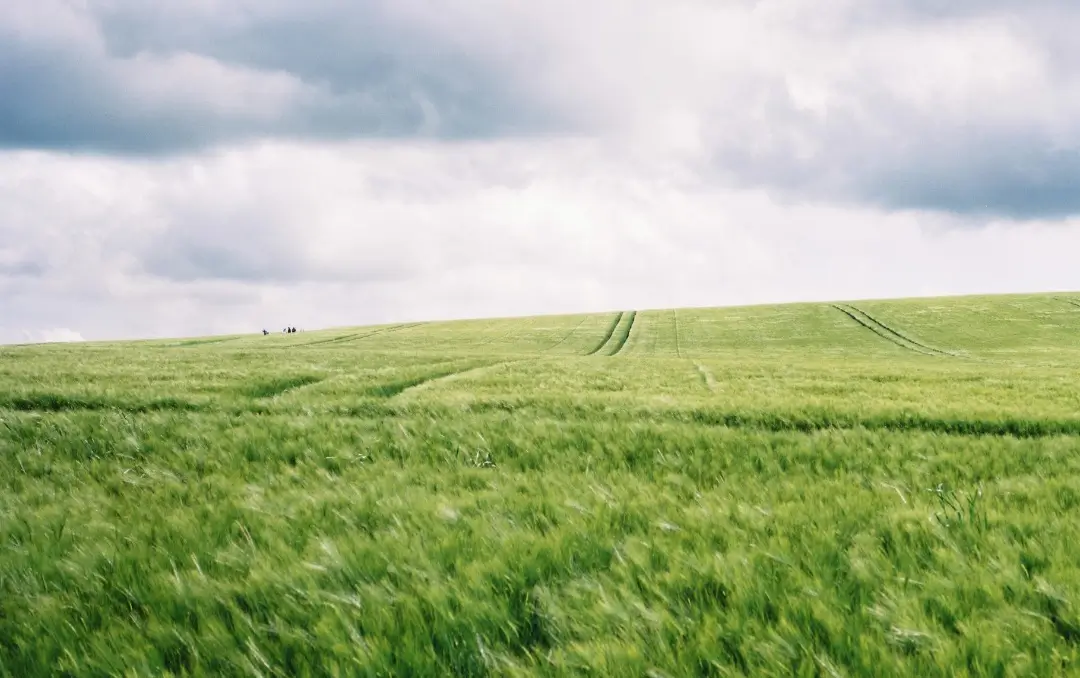Soil health is the cornerstone of a thriving garden. Without fertile, well-structured soil, plants struggle to access the nutrients and water they need. This is where soil enhancers come into play, offering a natural way to improve soil quality and promote robust plant growth. In this article, we’ll delve into what soil enhancers are, their benefits, and how to use them effectively.
What Are Soil Enhancers?
Soil enhancers are substances added to soil to improve its physical and chemical properties, making it more conducive to plant growth. Unlike fertilizers, which primarily provide nutrients, soil enhancers focus on improving the soil structure, water retention, and microbial activity. This creates an environment where plants can thrive naturally.
The Benefits of Using Soil Enhancers
Using soil enhancers offers multiple advantages for both the soil and the plants growing in it. Here’s a breakdown of the key benefits:
- Improved Soil Structure: Soil enhancers help to break up compacted soil, improving aeration and root penetration.
- Enhanced Nutrient Availability: They aid in the release of nutrients already present in the soil, making them more accessible to plants.
- Better Water Retention: Enhancers improve the soil’s ability to retain moisture, reducing the need for frequent watering.
- Increased Microbial Activity: By boosting the population of beneficial microbes, soil enhancers promote a healthier soil ecosystem.
Types of Soil Enhancers
When it comes to soil enhancers, there’s a wide range of options available. Below, we’ll explore five types of soil enhancers that you can use to improve your garden soil:
- Compost
- Compost is decomposed organic matter that enriches the soil with essential nutrients and beneficial microorganisms.
- It improves soil structure, making heavy soils more workable and light soils better at retaining moisture.
- Worm Castings
- Produced by earthworms, worm castings are rich in nutrients and beneficial bacteria.
- They enhance soil structure, promote plant growth, and improve the soil’s ability to hold water.
- Biochar
- Biochar is a form of charcoal that is added to soil to improve its fertility and water-holding capacity.
- It is highly porous, which helps to retain nutrients and provides a habitat for beneficial microbes.
- Green Manure
- Green manure involves growing specific plants, such as clover or rye, and then plowing them into the soil.
- This practice adds organic matter, improves soil structure, and increases nutrient availability.
- Rock Dust
- Rock dust is made from ground-up volcanic rock and is rich in minerals like calcium, magnesium, and iron.
- It replenishes depleted soils with essential trace minerals, improving overall soil health.
Read more: The best fertilizer for vegetables and fruits
Read more: Organic Plant Soil
How to Use Soil Enhancers Effectively
To get the most out of soil enhancers, it’s important to apply them correctly. Here’s a step-by-step guide on how to use them effectively in your garden:
- Test Your Soil
- Before applying any soil enhancer, it’s crucial to know the current state of your soil. Conduct a soil test to determine its pH, nutrient levels, and structure.
- This will help you choose the right soil enhancer and apply it at the appropriate rate.
- Choose the Right Enhancer
- Based on your soil test results, select the soil enhancer that best addresses your soil’s needs. For example, if your soil is compacted, opt for compost or worm castings.
- If your soil is nutrient-deficient, consider using rock dust or biochar.
- Apply at the Right Time
- The timing of application is key to the effectiveness of soil enhancers. For most types, early spring or late fall are ideal times for application.
- Apply compost or worm castings as a top dressing around your plants, and mix biochar or rock dust into the soil before planting.
- Follow Up with Mulching
- After applying your chosen soil enhancer, cover the soil with a layer of mulch. This helps to retain moisture and protect the soil structure.
- Mulching also gradually adds more organic matter to the soil as it decomposes.
- Monitor and Adjust
- Keep an eye on your garden’s progress throughout the growing season. If you notice any issues, such as poor growth or nutrient deficiencies, consider adjusting your soil enhancement strategy.
- Conduct a follow-up soil test every few years to monitor long-term soil health.
Read more: The best NPK fertilizers
Read more: Guide to Choosing the Best Soil for Vegetable
Common Mistakes to Avoid
When using soil enhancers, it’s important to avoid certain mistakes that can undermine your efforts. Here are five common pitfalls to watch out for:
- Overapplication
- Applying too much soil enhancer can lead to nutrient imbalances and harm plant roots. Always follow the recommended application rates.
- Ignoring Soil pH
- Some soil enhancers can affect soil pH. For example, adding too much lime can make the soil too alkaline. Always check the pH before applying any enhancer.
- Neglecting to Mix
- Simply spreading a soil enhancer on the surface without mixing it into the soil can limit its effectiveness. Ensure that enhancers like compost or biochar are well-integrated into the soil.
- Using Low-Quality Materials
- Not all composts and amendments are created equal. Using poor-quality materials can introduce contaminants or pathogens into your soil. Always source high-quality products.
- Skipping Soil Testing
- Applying soil enhancers without first testing your soil can lead to unnecessary or incorrect applications. A soil test provides valuable insights that guide your decisions.
Read more: The best crop fertilizer
Read more: Organic Liquid Fertilizer
Conclusion
Soil enhancers are a powerful tool for gardeners looking to improve soil health and boost plant growth naturally. By choosing the right enhancer, applying it correctly, and avoiding common mistakes, you can create a thriving garden that produces healthy, vigorous plants. Remember, healthy soil is the foundation of a successful garden, and soil enhancers are the key to unlocking its full potential.
Read more: The best beet fertilizer
Read more: Seed Starting Soil

